Welcome once again to our regular sortie into the world of fighting ships. This month sees a short résumé of the warships seen at the 2007 Model Engineering Exhibition held at Ascot and my continuing with Part Five on the build of the 1:144 soviet aviation cruiser Kiev. Also a general request for help regarding the origins of a model of the Battleship Yamato and we of course have our regular Mystery Picture slot. The 2007 Model Engineering Exhibition WarshipsI must admit the main stand at Ascot is a spectacular setting for models. It is here that the Model Engineering Exhibition otherwise known as the ME was held. This is probably the oldest exhibition of its type anywhere and retains its reputation for excellence. In the opulent and carpeted surroundings of the mezzanine floors of the main grandstand, this years exhibition was a spread for all to see. It could be argued that 2007 was a vintage year for marine exhibits and its always difficult when photographing these exhibits not to want to include this or that model, but my brief is all things grey, so grey it will be. Elsewhere in this magazine the judges will or have given their reports in separate articles. (Class C9 was covered by Colin Bishop in January MB and C5, C6 and C8 by David Hawksley elsewhere in this February issue - Editor) |
|
H.M.S. Anson the proposed G3 Class of battlecruiserKnowing where to start can be difficult, but start we must. The exhibition attracts many of the most dedicated modellers and none more so than Alex McFadyen who has previously represented the UK at an international level. However at this years event, Alex presented an all scratchbuilt 1:96 scale model of the projected G3 battlecruiser under the name of H.M.S. Anson. The G3s were a significant departure from previous designs and perhaps reflected many of the lessons learnt during and following WWI. What is significant is the fact that they were classed as battlecruisers and not battleships. The succeeding 03 design for H.M.S. Rodney and H.M.S. Nelson, was classified as a battleship. The G3 were to be fitted with 9 x 16in/45 calibre main armament in three triple turrets with a secondary fit of 16 x 6in mounted in eight twin turrets, but curiously no provision was made for embarking any aircraft. What is striking is the fact that the G3 design was intended to displace 48000 tons in a hull 862ft 6ins long by 106ft beam. The 03 design conformed to the Washington treaty and as such were shorter, being 710ft long x 106ft beam and displaced 35000 tons, but retained a similar gun fit. An impression of the model can be gained in Photo 1 and although remaining just a projected design, the model is highly detailed, reflecting perhaps the quality of the drawings available and of course the skill of the builder. The depth and extent of the detailing confirms this. Another good example of this can be seen in the area around the turrets and the boat deck, Photos 2,3 and 4. A further example of the detail is right aft, showing two of the 6 x 4.7 single guns and just visible are the two after 10 barrel Pom-Pom mountings, Photo 5. These can be seen in more detail in Photo 6. As the G3 vessels were to be designated the Admiral Class, then the name Anson would have been a fitting one, but there was also some debate as to whether to include the names of the ill-fated battlecruisers at Jutland. In the end the ships were never built, but would have been spectacular if they had progressed to construction. |
|
H.M.S. CornwallDavid Brown is another regular contributor to the exhibition and presented this fine all scratchbuilt model of the Type 22 Batch 3 general purpose frigate, H.M.S. Cornwall. Apart from the quality of the construction which earned David a Gold Medal, the hull is made to show the sections of welded plates that are indicative of the original build process, Photo 7. The attention to detail is quite outstanding and is confirmed in the following series of pictures, with Photo 8 showing the area abaft of the forward Sea Wolf launcher. Photo 9 focuses on the starboard bridge wing. Take for example the detail on the inside of the watertight door leading to the bridge interior and the TDS and gyro repeater on the bridge wing. Remaining on the starboard side, David has produced a superb 26ft Cheverton motor boat with so much detail around the davits you feel they could function, Photo 10. The final two pictures of the model cover the area on top of the hanger and the flight deck. Note the Sea Wolf in the loading cradle and below to the left, a glimpse of the interior of the hanger, Photo 11. Photo 12 highlights not just the Lynx helicopter, but an assortment of equipment which appears to include the Mk.46 AS torpedo and the magnetic anomaly detector which is an ASW sensor deployed from the helicopter in flight. H.M.S. AlectoIn the preamble I made more than a passing reference to my brief as concentrating on all things grey. Well not all warships at Ascot were grey - far from it. Take for example Mr. Ludbrooks fine model of the 1883 colonial special service paddle vessel H.M.S. Alecto, Photo 13. This particular vessel represented what was very much part of the long arm of policing of the British Empire and was used exclusively on rivers in Africa such as the Niger, Benin and Scarcest. Alecto was a paddle gunboat and the paddleboxes on the model can be seen in Photo 14. For river duties, Alecto was fitted with an assortment of firepower. Seen here in Photo 15 and superbly presented, is one of the two four barrelled Gardner machineguns mounted on a wheeled carriage. Unusually Alecto is fitted with a bow rudder and the copper bottom perhaps also reflects the nature of the environment these vessels operated in, Photo 16. Richelieu turretAnother quite different piece of model engineering was this fully working quad main gun turret from a still being built 1:96 scale model of the French Battleship Richelieu, also by Alex McFadyen, Photo 17. Ill certainly be looking forward to seeing the completed model. H.M.S. AjaxThis 1/192 scale waterline model of the light cruiser H.M.S. Ajax was built by Mr. J.R. Falcon. The model was built entirely from scratch, with the hull carved from timber and the superstructure made up from styrene sheet, Photo 18. ConclusionThere were many more models of outstanding quality which have not been seen in this brief report, but will be covered in this magazine. If there is one observation I have for the organisers, it is the difficulties that surrounded the moving of models at the close of the event. For many this did involve some lengthy treks with large models to vehicles parked far from the entrance. The event was well attended and the entry was one of the best in recent years, so if the teething problems can be solved, the event should gain in popularity. |
|
Building the Aviation Cruiser Kiev - Part FiveJust as a reminder, last month saw the fitting of the bilge keels and stabilizers. Now we can move on to the initial ballasting/water trials and the assembly and manufacture of more of the deck housings and fittings. It could be said that the initial on the water trials are invariably the most nerve-racking period for any new working model, because there is always that element of uncertainty regarding, power, weight and performance. (Yes, it is always nice discovering that ones latest model actually floats properly. I have had one that didnt Editor) BallastingOn Kiev, the first task was to transfer from the profile drawing the load waterline and having good photos for reference of the original vessels of this class proved to be very useful indeed, Photo 19. Using a waterproof marker pen, spots were marked along the hull that corresponded to the load waterline. Two of these can be seen in Photo 20. Although the scale of 1:144 could be considered small for a working model, the actual internal area was anything but small. As seen in Part One (October 2007), the internal volume was sufficient to take three 12v 12ah batteries, each of which weighs 15.4kg, Photo 21. The hull was floated on my local pond, with the deck temporarily in place. The three batteries were also temporarily secured into the hull, with some allowance made for movement both fore and aft, and from port to starboard as need be. As there is a raised concrete surround to the pond, this helped in putting the model into the water and adjusting the trim, as the marks around the hull were clearly visible without my having to lie on the ground or bend over with my head in the water, Photo 22. On the water power trialsNo matter how careful or how well calculated the ballasting, the on the water power trial always make me nervous. There is that inevitable element of doubt that creeps in. Will the model actually sail as it should? So crunch time approached and here the Kiev is sailing for the first time under its own power, Photo 23 and Photo 24. Compare these pictures with a photo of the real ship underway in Photo 25. All doubts were removed, Kiev behaved surprisingly well, responding positively to the twin scale rudders without any assistance from the twin speed controllers. The favourable results also allowed any thought of adding a mixer unit to the electronic speed controllers to be shelved for the time being. Given the nature and position of the ballast, turns were very stable with no suggestion of a heel to port or starboard when turning. In fact Kiev was a very pleasant model to sail and now was the time for a little theatrical indulgence. The naming, launching and commissioning ceremonies for any warship are marked occasions and so a little indulgence doesnt go amiss. Here the model was suitably christened, maintaining that long tradition, Photo 26. SS-N-12 LaunchersKiev is equipped with SS-N-12 launchers, mounted in tandem either side of the forward deck housings. This is clearly seen in Photo 27. Note also the addition of blast screens sited either side of the SA-N-3 launcher. For the model these are constructed from a combination of 1mm styrene sheet and 2mm evergreen square section, Photo 28. As a matter of interest, these huge launch tubes are loaded from a elevator sited in the centre of the deck between the two deck housings, with each reload being tracked along a rail to be lined up in turn with each launch tube as seen in Photo 29. Moulded SS-N-12 launch tubesAs mentioned in Part One, the model was essentially a kit and as such the SS-N-12 launch tubes were included as moulded styrene. The launcher tubes were in two halves, upper and lower, Photo 30. Whilst both halves married together reasonably well, some tidying up of the joint was required, Photo 31. Each tube was fitted with the circular loading doors at either end and joined together as in Photo 32. Their locations on the model are clearly seen in Photo 33. Next time, I shall continue with preparation of the deck and making a start on the radar arrays. |
|
A very old Yamato model, perhaps?I was contacted by modeller Neil Prichard-Howard with a view to help in assessing the validity of what appeared to be a very old model of the Japanese Battleship Yamato that he had acquired. Apparently the model was salvaged from the threat of being broken up and disposed of. Neil believes the model may well be much older than he at first thought and in fact it has been suggested its origins could be rooted some decades back in time. In order to try and get some consensus, the model was taken to the Liverpool Conservation Centre where several of the staff were able to get a closer look and perhaps by examining the materials used in the construction, provide some informed opinion that might help in evaluating its real age and origin. However no definite opinions were possible. Neil also contacted me with the idea of photographing the model and publicizing its existence through the model press, with the slim prospect of there being a person out there who might be in a position to shed more light on the mystery surrounding this large 1:100 scale model. The model is made almost entirely from solid timber and must weigh over 100kgs. The superstructure is separate and the turrets are also made from solid timber. So the question is: Could this model be 50 or more years old, or is it a model of much more recent construction? Naturally, if it were that old, then it would be little short of sensational given the secrecy surrounding the construction of Yamato, her precise details did not emerge until some years after WWII and very few official models of Yamato actually survived the war, Photos 34, 35 and 36. This months Mystery Picture, PC 572 Photo 37A policeman? No thats not the answer although it could be a clue. The question is: What was the role of these ships? References and acknowledgementsThe G3 Battlecruisers ref: British Battleships 1919-1939 R. A. Burt. |
Want the latest issue of Model Boats? Use our magazine locator link to find your nearest stockist!
 Make sure you never miss out on the latest news, product reviews and competitions with our free RSS feed
Make sure you never miss out on the latest news, product reviews and competitions with our free RSS feed

We welcome well written contributions from Website members on almost any aspect of Model Boating with a particular emphasis on practical hints, tips, experience and builds.
In order to maintain a consistent standard and format, all suggestions should first be sent to me by Personal Message for approval in principle. Only a very limited amount of time is available for editing contributions into a suitable format for placing on the website so it is important that the material is well presented, lucid and free from obvious spelling errors. I think it goes without saying that contributions should be illustrated by appropriate photos. I shall be happy to give advice on this.
The Member Contribution area offers space for short informative mini articles which would not normally find a place in Model Boats magazine. It is an opportunity for Website Members to freely share their expertise and experience but I am afraid that virtue is its own reward as there is no budget to offer more material recompense!
I look forward to receiving your suggestions.
Colin Bishop - Website Editor
Model Boats Magazine
- Landing Craft Mini PLan
- Riva Aquarama Build
- Scale Colour, Sound & Speed
Digital Editions
- Access your digital editions
Subscribe Now
- Every issue delivered right to your door
Renew Now
- Save & never miss an issue!


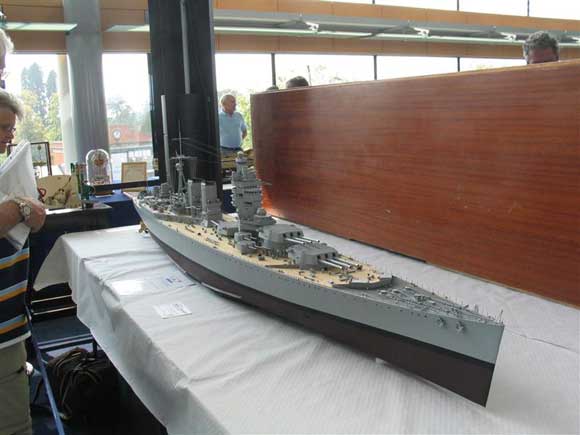
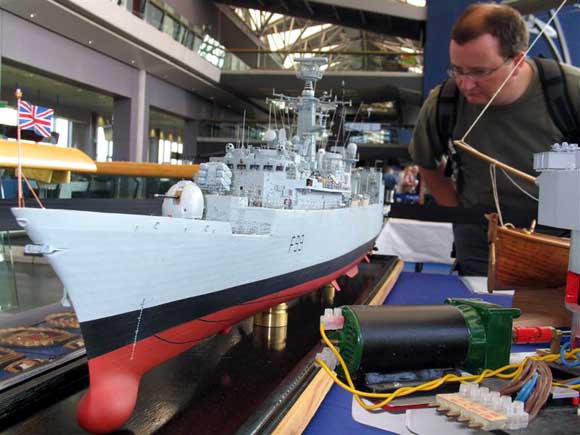
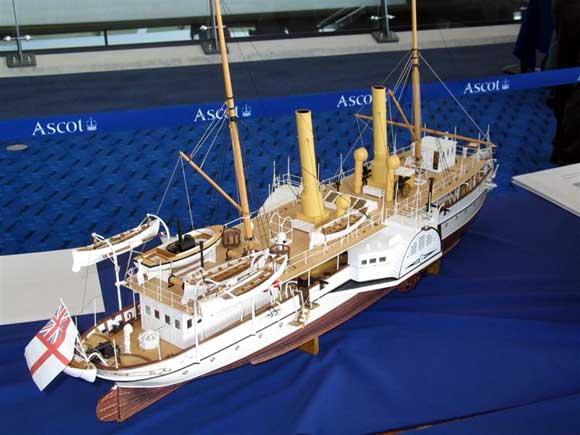
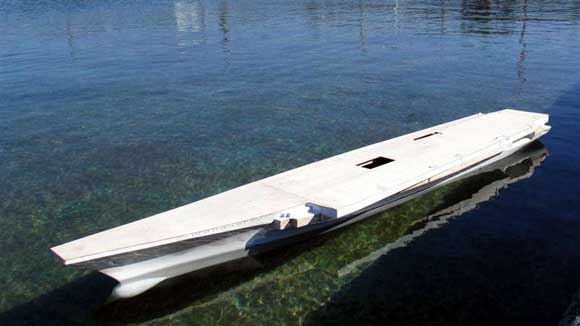
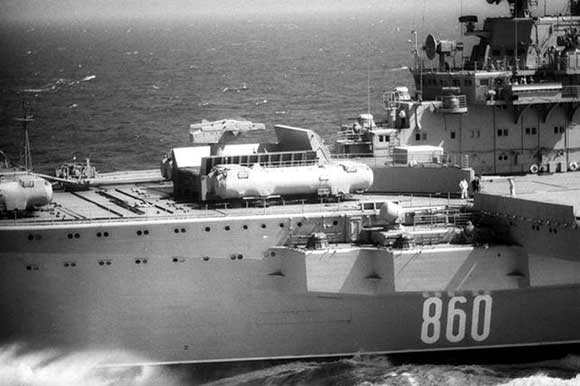










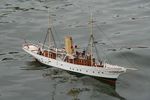
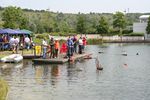

 Register
Register Log-in
Log-in



